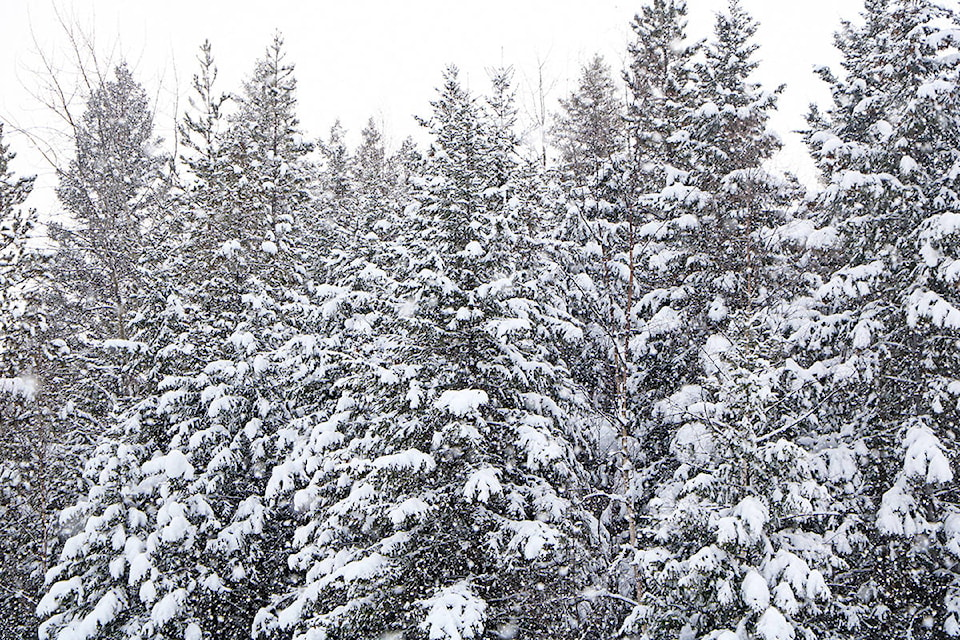My concerns about the cause of climate change were challenged after a radio interview with a climate scientist emphasizing the need for more dialogue between groups because of an increasing polarized view on the complex topic of climate change.
I would be the first to admit I had a problem with blaming human produced greenhouse gases (GHG) for the melting of polar ice and many glaciers.
Scientists had been describing the wild fluctuations in climate which produced glaciers over much of the northern latitudes which we live on today and this could not be blamed on the human race which was not producing the vast amounts of GHG that are being pumped out today.
I do not have a problem seeing the negative impacts of the seven billon people, soon to be eight billion by the addition of 80 million every year.
Read More: FOREST INK: Choices for a better future
The pollution of our land and oceans with millions of tons of plastic and loss of native species with our deforestation, huge numbers of domestic animals and plants was not easy to dismiss but the climate change was a problem for me.
After all plants thrive in a high mix of carbon dioxide as it is essential for photosynthesis.
Also we were told that GHG were responsible for keeping our planet at a comfortable 15 degrees centigrade rather than zero degrees without the gasses.
So how urgent was it to switch from getting over 80 per cent of our energy needs from fossil fuels (natural gas, oil and coal) to much more expensive and intermiten sources like wind and solar.
My research to date had been inconclusive with scientists arguing both sides, until I came across a resource in the local library. “Earth’s Changing Climate” by Richard Wolfson consists of a DVD and 82 page guide book produced by the Teaching Company 2007.
Professor Wolfson covers 12, half hour lessons using a variety of graphs and flow charts.
The first six lessons are about the many ways that scientists have been determining the warming and cooling cycles over the past decades and as far back as one million years.
While some of the material is very technical, the author does a good job of making it understandable. For me the most convincing part was the many methods used for arriving at the temperature and carbon dioxide levels in the past and present.
The flow charts of the energy and carbon dioxide cycles were also very informative and set the stage for the last six lessons on how slight changes in some elements can make a huge change in the impacts on the environment and introduces the topics of the last two lessons.
Read More: Experts say climate change is driving up the risk of wildfires in Canada
Some would argue that Wolfson is too optimistic where he states: “There are many paths to a stable climate and we have the luxury of choice. But we don’t have the luxury of time.”
I appreciate his cautious approach and was intrigued by the suggestion of CO2 stabilization through the “Wedge” approach which I think is very promising.
The objective is to use seven distinct methods to reduce our dependence on fossil fuels. Some of the choices are the following: substituting nuclear for coal-fired electric plants, substituting natural gas for coal, using biofuels for transportation, implementing carbon capture and sequestration, planting trees in temperate climates, building wind turbines and photovoltaic power to replace coal, halt tropical forest deforestation and restore 300 million acres of damage forests.
If we start now with these replacement methods and increase them each year for 50 years we may be able to get back to where we are today.
Some of the ways to encourage the adoption of these alternatives will be the topic of future articles.
Jim Hilton is a professional agrologist and forester who has lived and worked in the Cariboo Chilcotin for the past 40 years. Now retired, Hilton still volunteers his skills with local community forests organizations.
